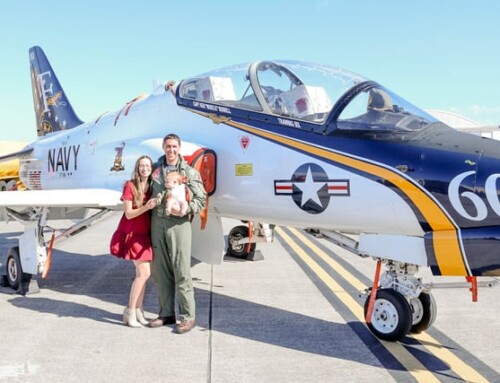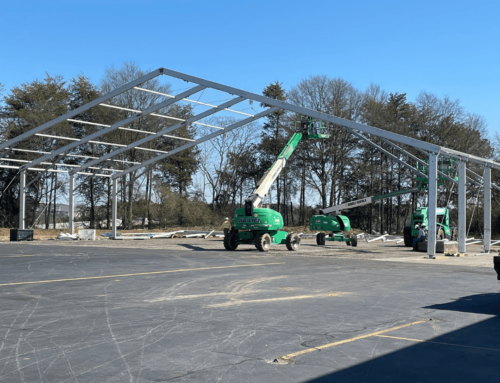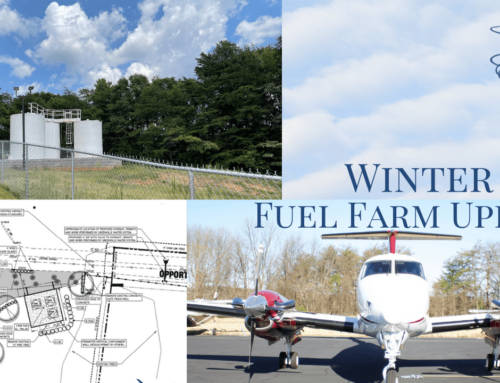“Safety Sensitive” operations is a common theme to the aviation industry. The aviation industry basically is incorporated with three parts: aircraft manufacturing, aircraft operations, and the Federal Aviation Administration (FAA). Both aviation and the general public agree that safety is a common goal.
Aircraft operations and the FAA are the two primary parts that must work together operationally. The FAA is the aviation regulatory responsible entity. Their mission statement reads something like, “Our continuing mission is to provide the safest, mos efficient aerospace system in the world.” The FAA vision statement reads”…to strive to reach the next level of safety…, etc.” As an operator, Special Services Corporation’s (SSC) mission statement includes safety also as primary importance. Another SSC Safety Program excerpt is, “Safety is the culture of SSC and should be thought of as the collective norms, standards, perceptions, and behavior.” The key being safety is our culture.
The FAA regulatory enforcement program states that the majority of the FAA Inspector’s job is to identify regulation violations and take enforcement action against those in violation.
I certainly agree and there is no doubt that both of these industry entities will always need to work together toward the common mission of aviation safety. However after 35 years of being responsible for aircraft operational safety as a pilot, instructor, check airman, and management, both for aircraft light and maintenance operations, regretfully report that we are still having accidents.
Although tough to abbreviate to just one, my one observation is that we may be “two faced” when in our efforts to advancing the level of safety. The FAA and the aircraft operators have a very distinctive disconnect toward striving together to reach the next level of safety. Safety doesn’t happen by accident; it takes a continual effort, first providing an environment to work together to evolve toward a higher level of safety. This disconnect appears to be the provocative and maybe intimidating, relationship between the FAA and operator.
Safety management systems (SMS) require and promote an environment that risks may be identified, measured, and corrected continuallly. Standard operating procedures (SOP) are developed and revised from SMS controlled assessments of hazards to reduce risks (needed also by the FAA). This requires that errors and/or mistakes are dealt with in a non-retribution environment for submission of incident data and retraining without penalty or stigma when safety is enhanced. The FAA is currently in the middle of working to set the standard for SMS (Many operators have already developed SMS to enhance Safety Programs).
The FAA enforcement mission and their overall safety mission statements often appear to conflict and generally do not provide the open working relationship environment between authority and operator required to make it possible or being at least cooperative toward taking safety to a high level.
Unfortunately, until the environment gap between the FAA and the operator moves from the “gotcha” tone, the next level of safety may be still in the distance.
Jim Alexander






Leave A Comment